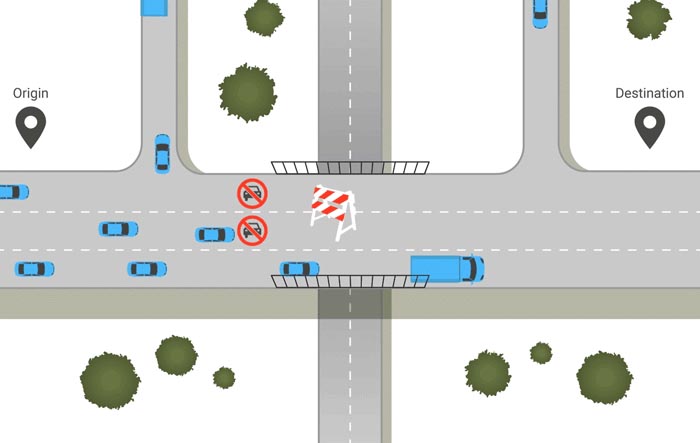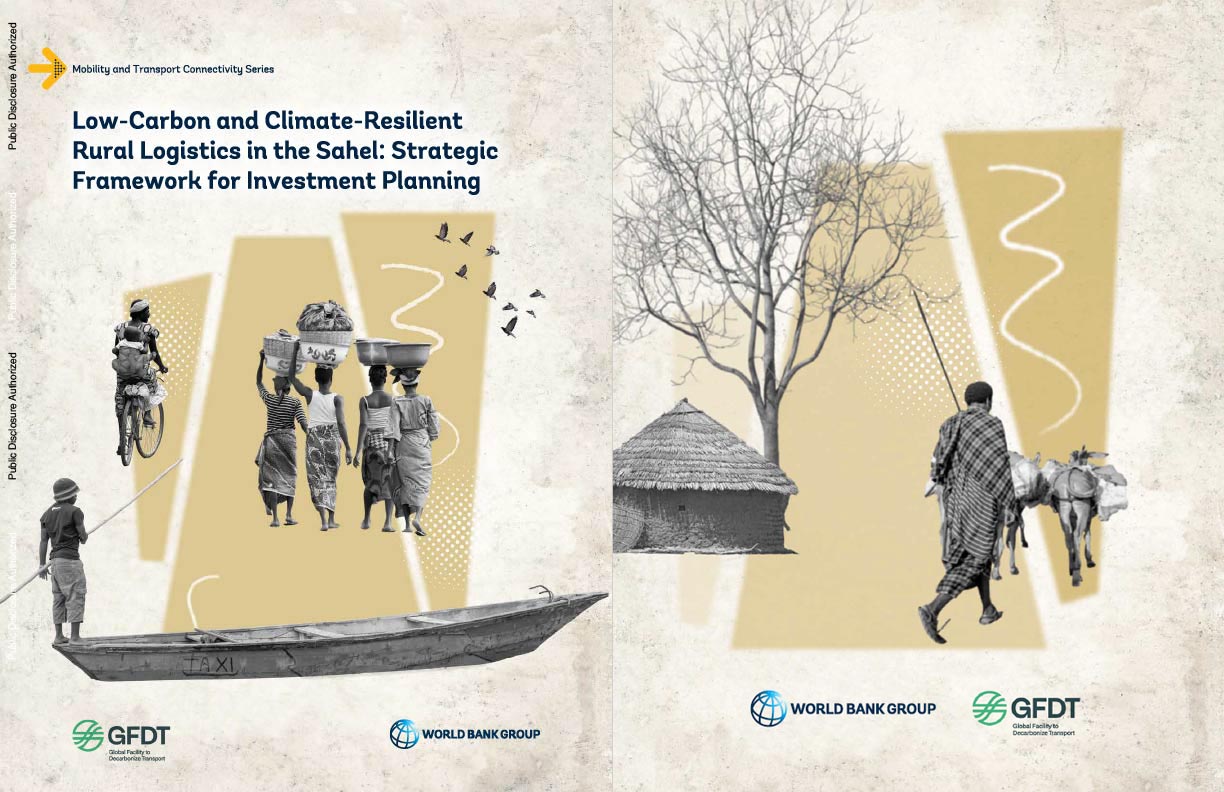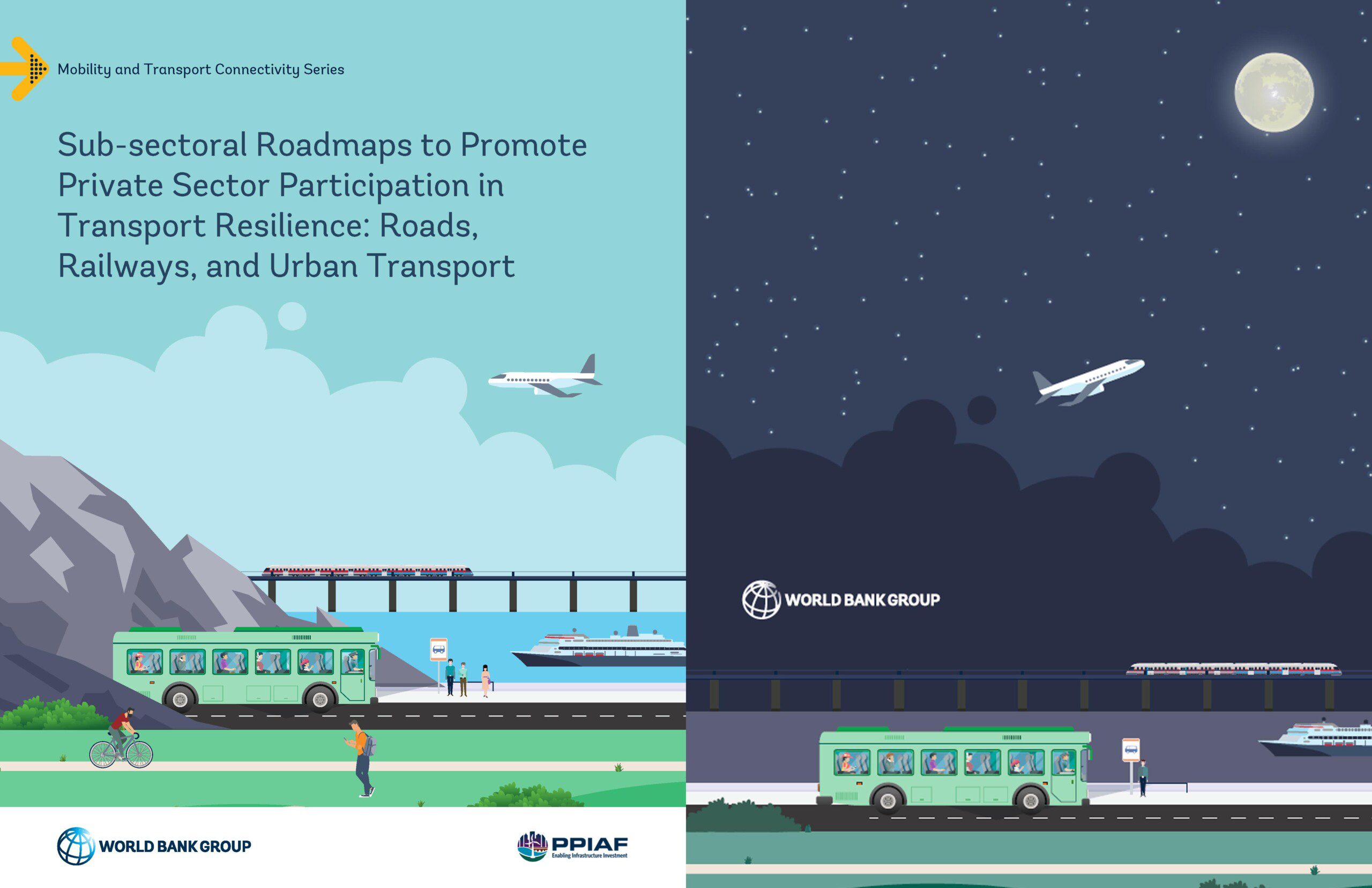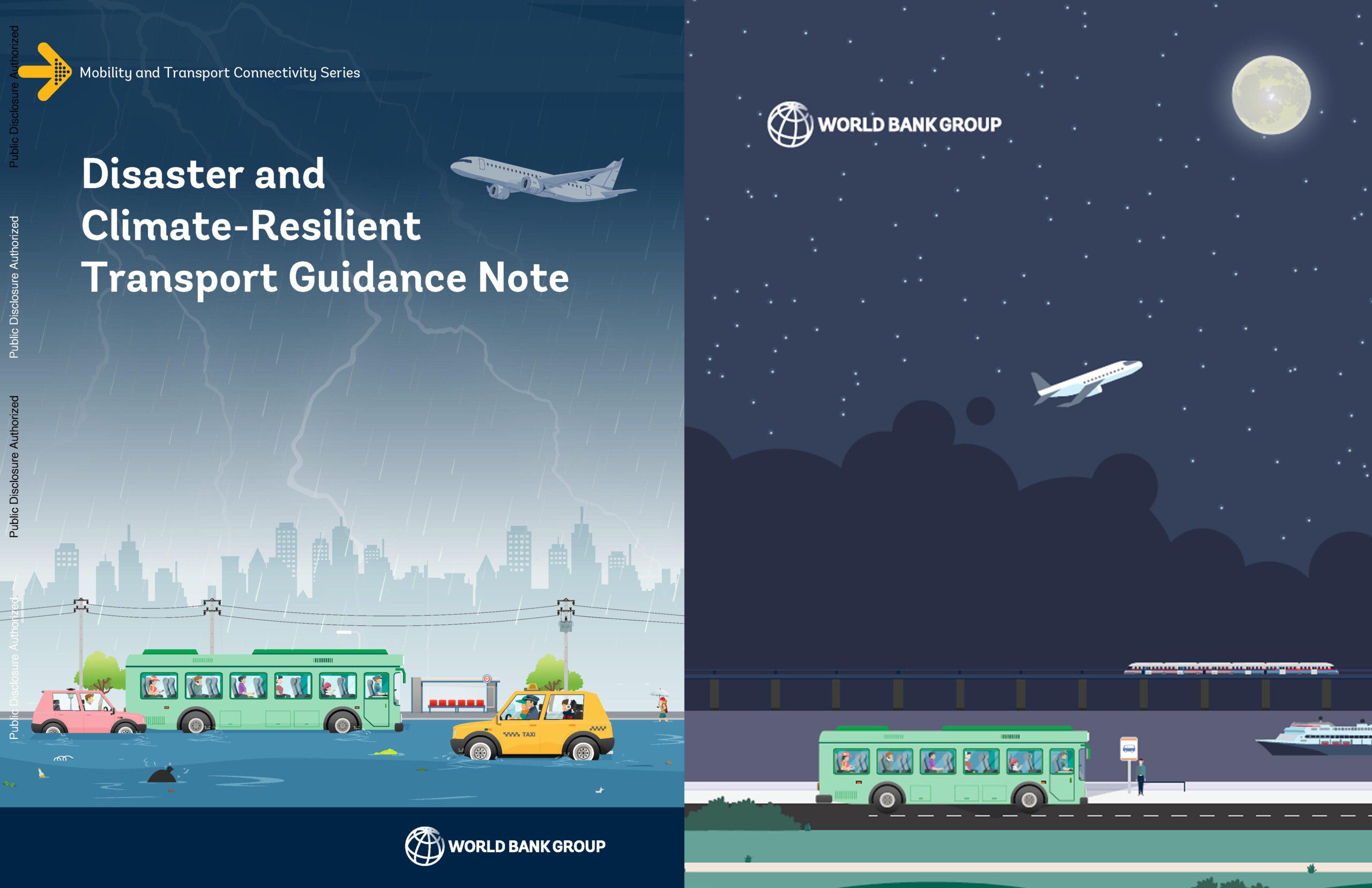by Fani Gelagoti
Share
Share
This publication presents TRIP$, a first-generation decision-support framework designed to optimize investment planning for transportation resilience and post-disaster recovery. Developed in alignment with the Federal Highway Administration’s Highway Infrastructure Resilience Framework, TRIP$ provides a rigorous and structured methodology for assessing, prioritizing, and optimizing infrastructure investments based on risk, functionality, and recovery potential.
The report introduces the TRIP$EQ prototype, a modular tool demonstrated through a comprehensive California case study on bridge resilience to earthquakes. The case study illustrates the tool’s analytical depth, data integration, and optimization capabilities in a realistic network setting.
At its core, TRIP$ integrates a suite of interconnected modules that collectively simulate the full risk and recovery cycle of a highway network—from data collection and seismic hazard assessment to damage modeling, loss estimation, and retrofit investment optimization. The framework outlines a robust methodology to:
- Assess the exposure and vulnerability of bridge portfolios to earthquake hazards using an extensive database of component-level fragility functions.
- Quantify direct and indirect economic losses associated with earthquake-induced damage and network disruptions.
- Identify cost-effective retrofit strategies under budgetary constraints through advanced optimization algorithms.
- Evaluate the economic efficiency of optimized investment plans via direct Cost-Benefit Analysis, supporting data-driven decisions to enhance the functional recovery and long-term resilience of critical transportation infrastructure.
STAY IN THE LOOP







